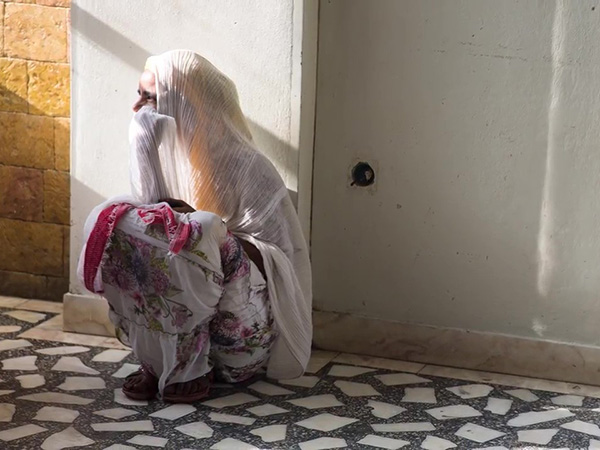A woman with an Obstetric Fistula suffers isolation, rejection, & humiliation
Obstetric Fistula
What Is Fistula?
A fistula is a hole. An obstetric fistula is a hole between the vagina and rectum or vagina and bladder. It usually develops after two or more days of prolonged, obstructed labor. Pressure from the baby compresses soft tissue against the mother’s pelvic bones, cutting off blood supply. Tissue separating the urinary tract or rectum from the vagina is destroyed, leaving a hole that uncontrollably leaks urine or feces through her vagina. In 90% of cases, the baby dies.
FISTULA: A Film to Promote Better Maternal Care Globally
A short film that shares the compelling story of two women in Rural Uganda who suffered from obstetric fistula.
- Approximately 2 million women live with untreated obstetric fistula with 50,000 – 100,000 new injuries per year.
- Globally, a woman dies every 2 minutes due to pregnancy and childbirth.
- Almost 95% of maternal deaths occur in low and lower middle-income countries, 70% occur in Sub-Saharan Africa alone.
- For many women, the consequences of surviving this ordeal are worse than death itself.
Rahel Nardos, a former WFF board member, served as executive producer, in collaboration with Alice Emasu and her dedicated team at Terrewode in Uganda. Our appreciation goes to the project’s funders, including the University of Minnesota, Maternal Health Fund, and Global Women’s Health Initiative. Although WFF did not provide direct funding for the film, they graciously granted its use in advancing our community’s mission to combat obstetric fistula.
Why Is Fistula Common in the Developing World?
Practices such as child marriage, female genital mutilation, and home births and factors such as gender inequality, adolescent pregnancy, poverty, and inaccessible obstetric care and information all contribute to the continued prevalence of fistula in the developing world.
Life as an Outcast
Women and girls who develop obstetric fistula often face ridicule and rejection from family and friends, eventually living on the outskirts of the communities they once called home. The labor that leads to a fistula can cause nerve damage that limits mobility and range of motion as well as pelvic floor muscle weakening, making daily activities difficult, if not impossible.
Women who develop fistula are usually poor and live in rural communities of developing nations. With fistula, their socioeconomic status falls even further. Women are often blamed for developing the injury because of misunderstandings about how it develops. It is typical for women to suffer for years before receiving treatment.

Cure for Fistula
An obstetric fistula can be healed with surgery, but physical therapy is often needed to work in tandem with surgery in order to achieve full recovery and range of motion. WFF also helps women get back on their feet through empowerment programming — such as counseling and job training — because of the devastating socioeconomic impact fistula has on survivors.
Read more about our holistic care programming
Fistula is treatable as well as preventable
When we sensitize our communities about safe motherhood, we are not only preventing fistula, but we are also addressing other childbirth-related complications and death. For me, I find it rewarding if only I can help another young girl not go through the pain and humiliation that I went through.— Mwajuma
How Common is Fistula?
More than 2 million women worldwide suffer from obstetric fistula, according to the World Health Organization. It’s estimated that 50,000 to 100,000 women are injured each year.
Why isn’t Fistula Common in the US?
Fistula does still occur in the US and other affluent countries, but access to obstetric care and emergency obstetric care significantly reduce the likelihood of a woman developing this injury. In the event of an obstructed labor, a woman in the US would receive a Caesarean section or other emergency procedures can be performed.


